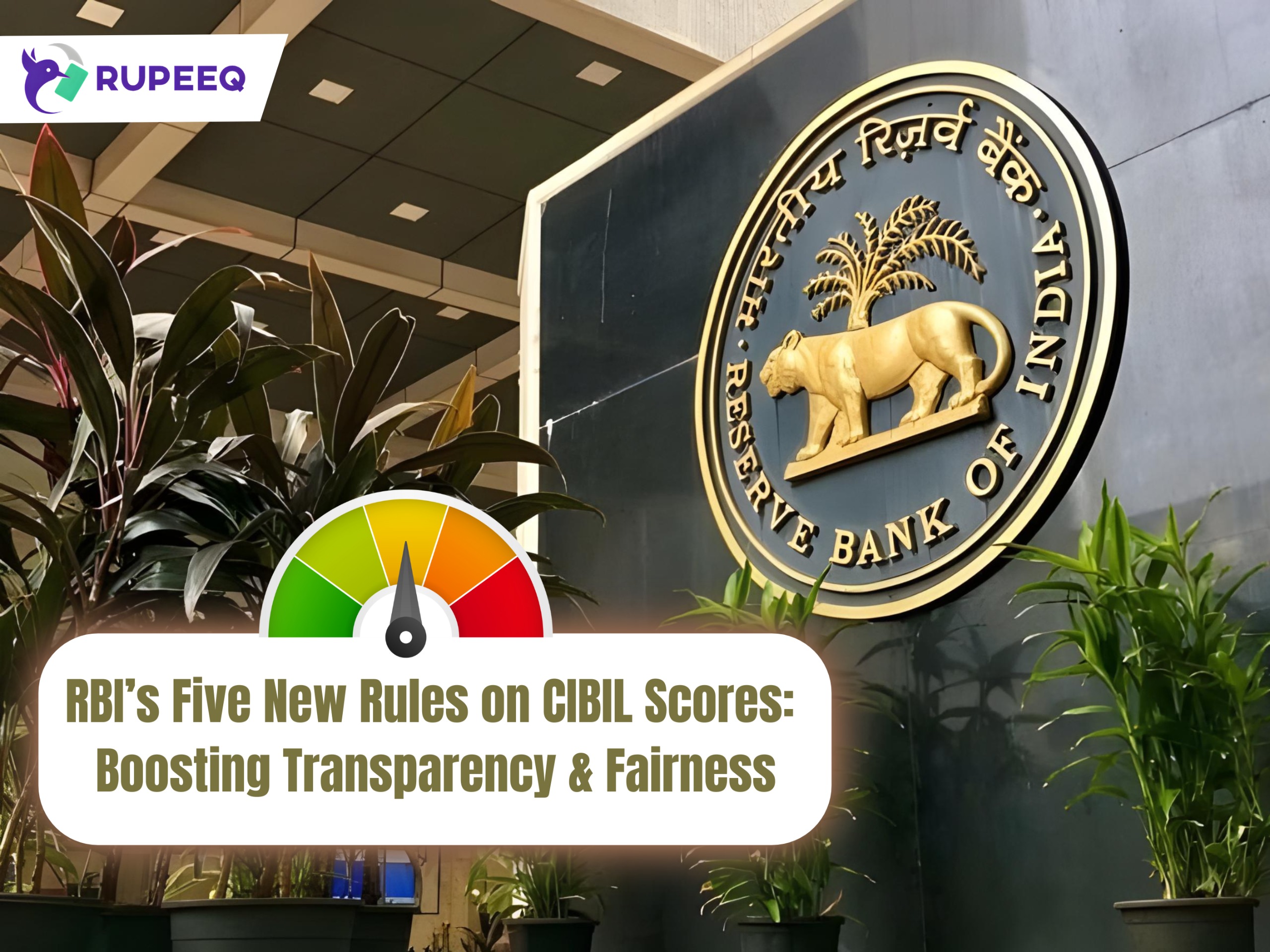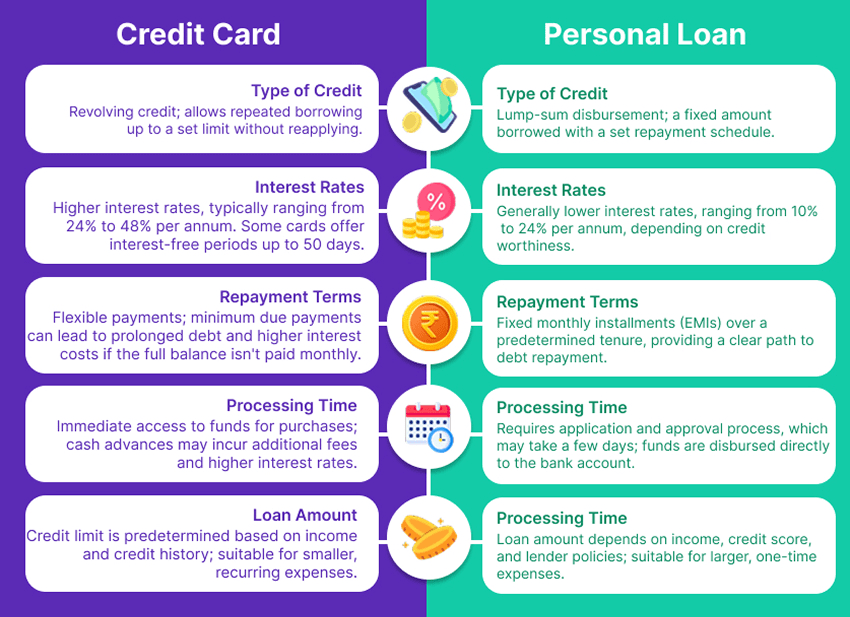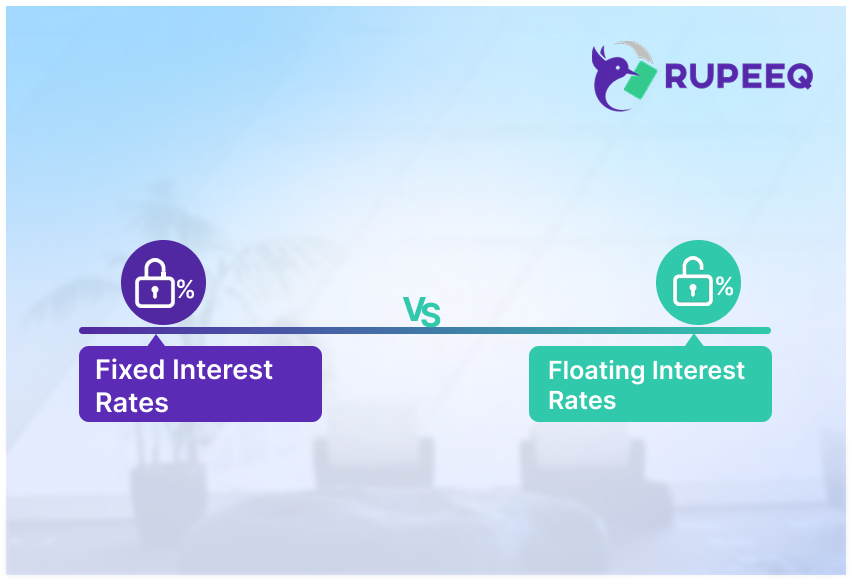When applying for a personal loan, home loan, or car loan, one of the most critical decisions is choosing the right loan tenure. The loan tenure directly impacts your Equated Monthly Installment (EMI), total interest payable, and overall financial planning.
A shorter loan tenure means higher EMIs but lower total interest costs, while a longer tenure reduces EMIs but increases the total repayment amount. Finding the right balance is essential for managing monthly expenses and minimizing interest payments.
In this blog, we will explore:
- How loan tenure influences EMI payments
- The trade-off between EMI affordability and interest costs
- A comparison of short vs. long tenures with examples
- Tips on choosing the best tenure for your financial situation
What is Loan Tenure?
Loan tenure refers to the duration over which you repay your loan through fixed monthly installments. Loan tenures can range from:
- Personal Loans: 12 months to 84 months (1 to 7 years)
- Home Loans: 5 years to 30 years
- Car Loans: 3 years to 7 years
The choice of loan tenure directly impacts the EMI amount, total interest paid, and repayment flexibility.
How Loan Tenure Affects EMI Payments?
EMIs are calculated based on three key factors:
- Loan Amount (P): The total amount borrowed.
- Interest Rate (r): The annual interest rate, divided by 12 for monthly calculations.
- Loan Tenure (n): The number of months over which the loan is repaid.
EMI Calculation Formula
EMI = [P x R x (1+R) ^N]/[(1+R) ^N-1
The longer the tenure (higher n), the lower the EMI, but the more you end up paying in total interest.
Short vs. Long Loan Tenure: What’s the Impact?
Shorter Loan Tenure: Higher EMI, Lower Interest Paid
- Faster loan repayment.
- Higher EMI burden.
- Less total interest paid.
- Better for borrowers with stable, high income.
Longer Loan Tenure: Lower EMI, Higher Interest Paid
- EMIs become more affordable.
- Total interest outgo increases.
- Suitable for those who prefer financial flexibility.
Example: EMI Comparison for Different Loan Tenures
For a ₹5 lakh personal loan at 12% interest, here’s how the EMI and total interest differ based on tenure:
| Loan Tenure | EMI (₹) | Total Interest Paid (₹) | Total Loan Cost (₹) |
| 2 Years | ₹23,537 | ₹64,880 | ₹5,64,880 |
| 3 Years | ₹16,607 | ₹97,852 | ₹5,97,852 |
| 5 Years | ₹11,122 | ₹1,67,318 | ₹6,67,318 |
Key Observations:
- A 2-year tenure results in high EMIs but saves ₹1 lakh+ in interest compared to a 5-year tenure.
- A 5-year tenure lowers the EMI by 50% but increases total interest paid.
RupeeQ Tip – Before choosing tenure, use the RupeeQ EMI Calculator to compare EMI amounts and total loan costs to find the most cost-effective option.
How Loan Tenure Affects Your Total Interest Outgo?
Interest is calculated based on the outstanding principal, meaning longer tenures result in higher interest payments over time.
Example: Interest Breakdown Over Tenure
For a ₹10 lakh personal loan at 11% interest, here’s how total interest changes with tenure:
| Tenure | EMI (₹) | Total Interest Paid (₹) | Total Repayment (₹) |
| 3 Years | ₹32,739 | ₹1,78,604 | ₹11,78,604 |
| 5 Years | ₹21,742 | ₹3,04,520 | ₹13,04,520 |
| 7 Years | ₹17,138 | ₹4,39,592 | ₹14,39,592 |
Key Observations:
- A 3-year tenure saves ₹2.6 lakh in interest compared to a 7-year tenure.
- A 7-year tenure reduces EMI but increases total repayment by ₹2.6 lakh.
RupeeQ Tip – If you can afford slightly higher EMIs, opt for a shorter tenure to reduce total loan costs.
Factors to Consider When Choosing Loan Tenure
EMI Affordability
- Choose a tenure that keeps your monthly EMI within 40% of your monthly income.
- Use the RupeeQ EMI Calculator to balance EMI and total loan cost.
Total Interest Payable
- A longer tenure may seem affordable, but the interest burden is significantly higher.
Loan Purpose
- For short-term needs like medical emergencies loan, a shorter tenure is ideal.
- For long-term assets like home loans, a longer tenure can be considered.
Prepayment & Foreclosure Charges
- If you plan to prepay your loan early, check for prepayment penalties.
Future Financial Plans
- If expecting salary hikes or increased income, start with a longer tenure and prepay later.
Pros and Cons of Short vs. Long Tenure Loans
| Factor | Short Tenure (1 – 3 Years) | Long Tenure (5 – 7 Years) |
| EMI Amount | High | Low |
| Total Interest Paid | Low | High |
| Financial Burden | Higher EMI impact | More flexibility |
| Approval Chances | Lower for high EMIs | Higher for lower EMIs |
| Loan Closure Speed | Faster repayment | Prolonged debt |
RupeeQ Tip – If your goal is to save on total interest, a shorter tenure is better. If you need a lower EMI for better cash flow, a longer tenure is preferable.
How to Choose the Best Loan Tenure for You?
- If you have high income and can manage larger EMIs, opt for a shorter tenure to save on interest.
- If you have a tight monthly budget, go for a longer tenure but prepay when possible.
- Always check the prepayment penalty clauses before finalizing a long tenure.
- Use RupeeQ portal to find the best tenure and interest rates.
Finding the Right Loan Tenure for Your Needs
The ideal loan tenure depends on your financial goals, repayment ability, and total cost considerations. A short tenure helps you save on interest, while a longer tenure makes EMIs more manageable.
Key Takeaways:
- A shorter tenure reduces total loan cost but increases EMI burden.
- A longer tenure lowers EMIs but results in higher overall interest paid.
- Use an EMI calculator to compare tenure options before finalizing the loan.
- Consider future income growth before choosing a tenure.
- Check for prepayment and foreclosure charges if opting for a longer tenure.
Planning to take a loan? Compare interest rates and EMI options on RupeeQ today and choose the right tenure that fits your financial plan.







